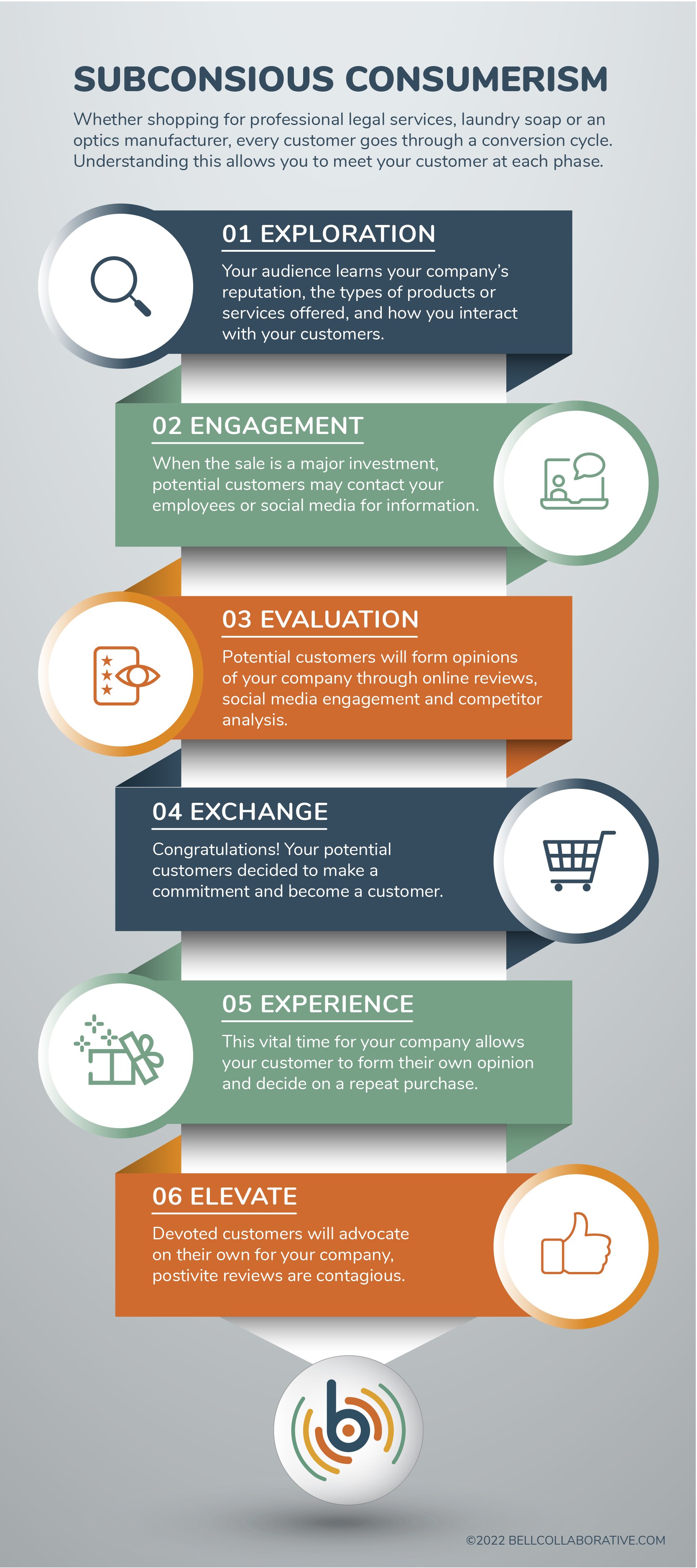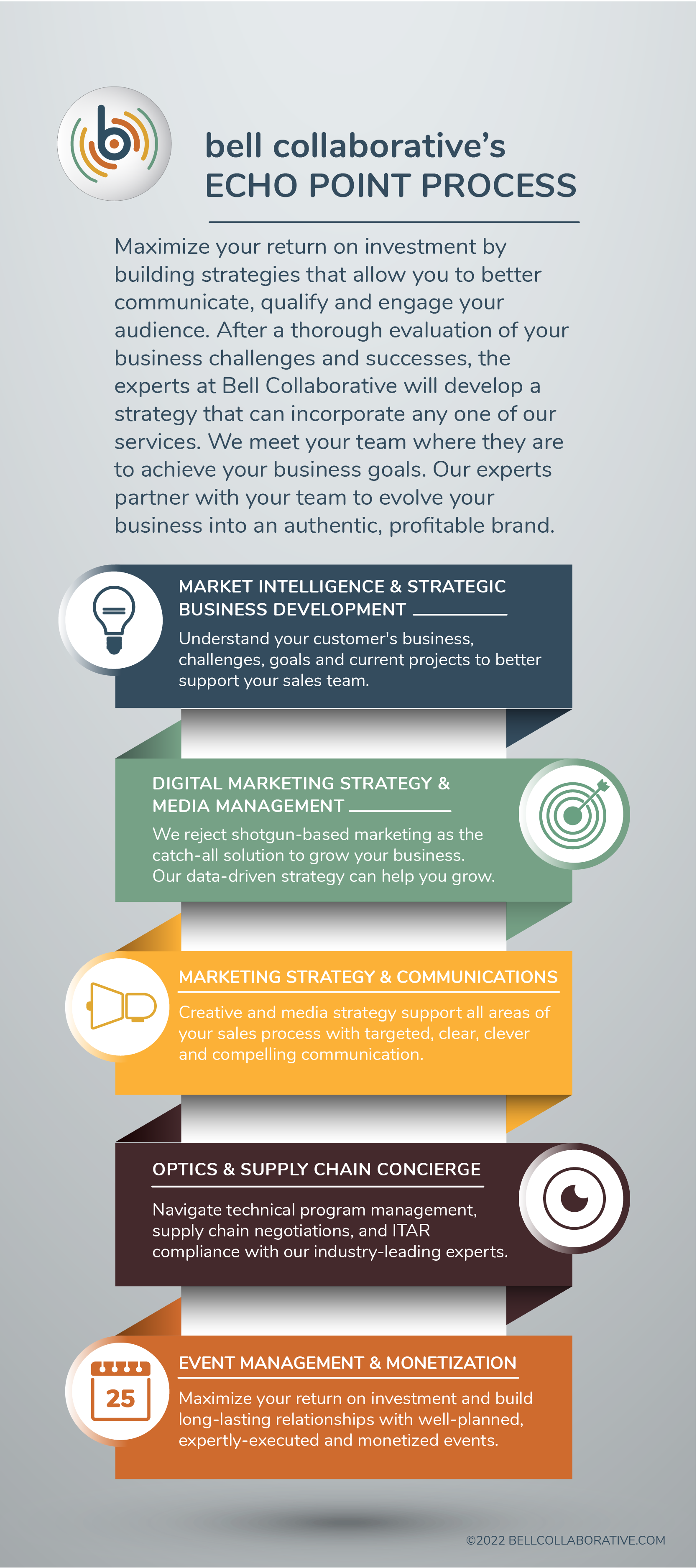The B2B Revolution
- Ryan Vislosky
Background
Business-to-business sales are undergoing a revolution. The prevalence of remote work, Teams calls, supply chain problems, and the uncertainty surrounding COVID-19, sped up a long-awaited change in B2B sales. The evolution of the long-established, salesmen-centric model of executing sales to a digital-focused, buyer-facing one is here. As Satya Nadella, the CEO of Microsoft put it, “We’ve seen two years of digital transformation in two months.”
B2B sales have traditionally been dominated by the seller. That domination has come to an end. In a world with nearly limitless access to information, a world where buyers can compare prices, quality, and companies almost instantly with a few clicks on the keyboard, buyers are now in control, and they play by a different set of rules.
Digital Communication
Gartner predicts that by 2025 80% of B2B sales interactions between suppliers and buyers will occur in digital channels. This number is not only driven by the recent acceleration in digital communication because of COVID, but it reflects the demographic change in the buyer and seller workforce. Millennials and Gen Z will soon dominate the workforce, and they will increasingly serve as decision makers. These generations grew up in the digital age and are proficient in digital communication.
It is on the current generation of B2B sales leaders to tap into the experience of these generations, to lean into the digital transformation of B2B sales, so that they can meet their customers where they are.
Automation
“As customers increasingly learn and buy digitally, sales reps become just one of many possible sales channels. Because of this, sales organizations must be able to sell to customers everywhere the customer expects to engage, interact, and transact with suppliers,” argues Christina Gomez, managing Vice President at Gartner.
Sales reps will play an important role in digital transformation, but they cannot meet their buyers on every platform at once. Staying on top of sales pipelines will require more automation. Nurture campaigns will be vital for staying on top of leads. Data-driven decisions will need to replace gut instincts and more qualitative forms of decision making to maximize efficiency and sales.
Even if a business incorporates more digital communication, there is still more that must be done to capture buyers. A company’s website must stand out to capture the growing number of buyers who are doing independent research into sellers online. A company must have strong social media, so that they can improve buyer engagement. Businesses must meet customers where they are, and they must meet them at every potential sales channel. Every division of a company must come together to make this possible. The journey to “Yes” must be as easy as possible.
The Future
The B2B revolution can appear daunting. Some businesses will not rise to meet the occasion. However, for the sellers that evolve, for those that tackle these new challenges head on, larger and long-lasting sales are possible.



